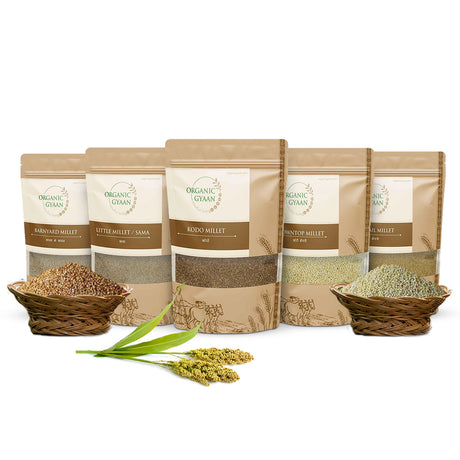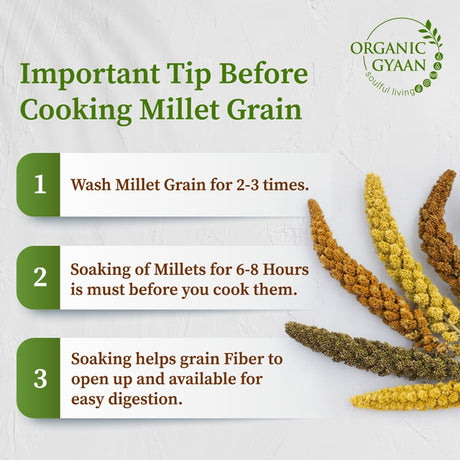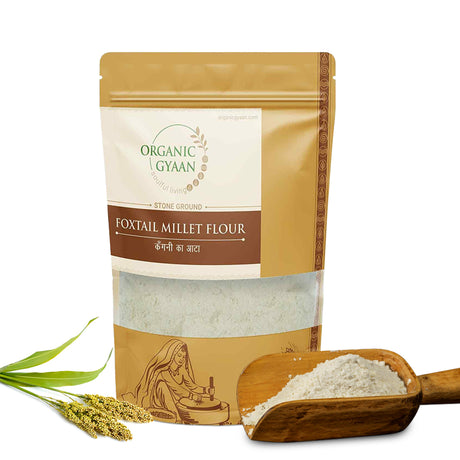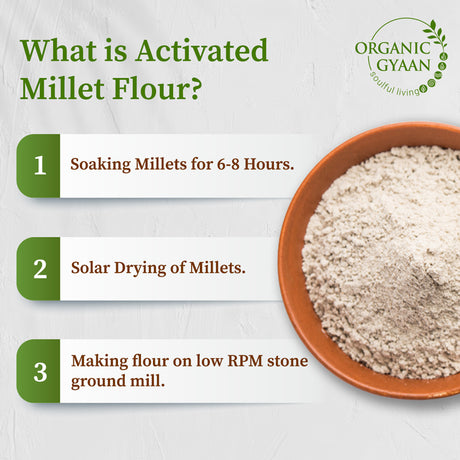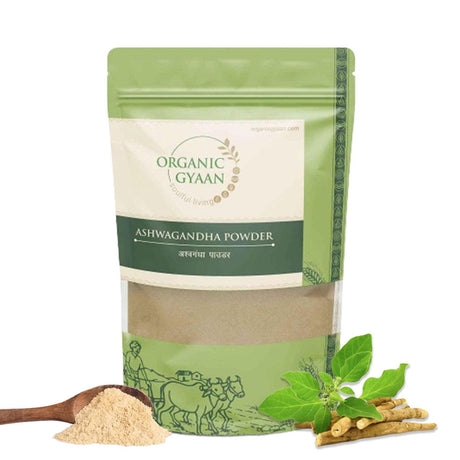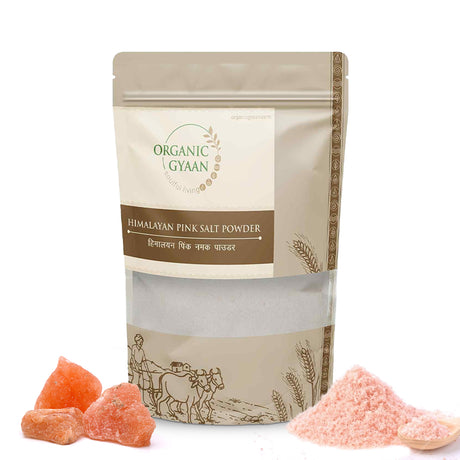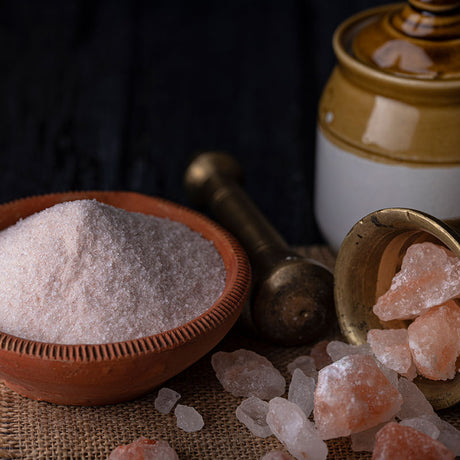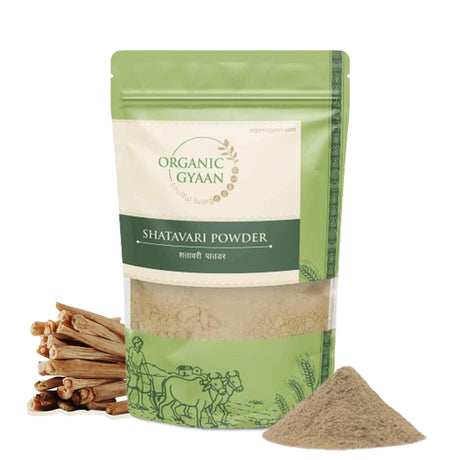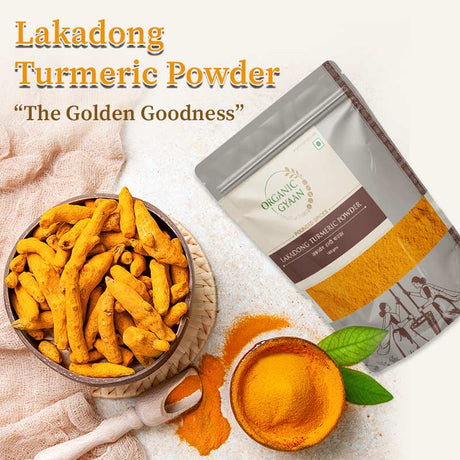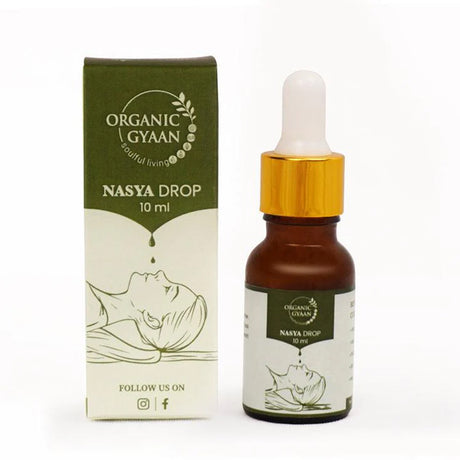```html
Diabetes management calls for mindful dietary choices. Explore these top 5 diabetic-friendly flours that support stable blood sugar levels and promote healthy living.
Historical & Cultural Context
India, with its agrarian roots and diverse regional cuisines, has cherished millets for millennia. Among these, grains like Little Millet, Foxtail Millet, Barnyard Millet, Kodo Millet, and Browntop Millet have been staples, particularly in arid regions where water-intensive crops like rice were less feasible. Even in ancient texts of the Yajurveda, millets were praised for their nutritional benefits. These grains were major food sources until the Green Revolution, which pivoted focus to rice and wheat. Today, with growing health awareness, millets are making a comeback as a nutritional powerhouse in the Indian diet.
In various states like Karnataka and Tamil Nadu, millets have been traditionally used to prepare dishes like 'Ragi mudde' and 'Kambu koozh'. These foods not only satiated hunger during long working hours but also helped in sustaining energy levels throughout the day, which is particularly relevant in managing present-day lifestyle diabetes.
Ayurvedic Perspective
Ayurveda, the ancient Indian system of medicine, values millets for their sattvic nature—meaning they are pure, light, and nourishing, promoting clarity and balance. By balancing doshas—primarily Vata and Pitta—millets support digestion and metabolic health. For instance, Foxtail Millet is considered particularly beneficial for Kapha dosha due to its ability to foster warmth and lightness in the body. Regular consumption of these millets is aligned with Ayurvedic practices for maintaining optimal health, especially for those with lifestyle disorders such as diabetes.
A balanced diet including millets can help in reducing Ama (toxins) from the body, which is often responsible for various ailments including diabetes according to Ayurveda. Millets are thus recommended for anyone seeking to maintain not just physical health, but also mental and spiritual well-being.
Modern Scientific & Nutritional Perspective
According to a report by the National Institute of Nutrition (NIN), millets like Barnyard and Kodo have a significantly lower glycemic index compared to traditional wheat and rice, making them favorable for diabetes management[NIN 2022]. They are rich in magnesium, a mineral known to improve insulin response. Furthermore, studies have highlighted that the high fiber content in these millets aids in slower digestion, preventing sudden spikes in blood sugar levels. The inclusion of these flours in daily meals also contributes to improved heart health and reduced risk of stroke.
A 2021 study published in the "Food Science and Nutrition" journal reveals that regular consumption of millets helps in reducing HbA1c levels in people with type 2 diabetes, indicating better long-term glucose control[Food Science and Nutrition Journal 2021]. The low glycemic impact of these flours means they can be safely integrated into a diabetic-friendly diet without worry of sugar spikes.
Practical Use Cases and Real-life Benefits
In today's fast-paced Indian life, incorporating diabetic-friendly flours can significantly enhance dietary habits. They can replace traditional staples like rice and wheat in various recipes, such as dosa batter, mixed vegetable cheela, or even mild-spiced khichdi featuring millet instead of rice. Additionally, they provide essential nutrients without compromising taste and versatility, fitting seamlessly into both traditional and contemporary dishes.
Imagine beginning your day with a warm bowl of millet porridge, topped with nuts and fruits. This not only provides a nutritious start but also ensures you remain full longer, reducing the temptation of unhealthy snacking. For lunch, a delicious millet pulao packed with vegetables can be both satisfying and diabetic-friendly. Dinner can feature millet parathas paired with yogurt or dal, offering a wholesome and balanced meal.
Top 5 Diabetic-Friendly Flours
Little Millet Flour
Little Millet is a nutrient-dense alternative that blends easily into various recipes. It's particularly beneficial for maintaining cardiac health due to its high antioxidant content, which helps reduce oxidative stress—a common issue in diabetes. A regular incorporation could control cholesterol and enhance digestion.
Foxtail Millet Flour
Foxtail Millet has long been favored for its exceptional mineral content, which aids in strengthening the immune system. It's a great source of Vitamin B12, essential for nerve function, which can be particularly beneficial for diabetics prone to neuropathy. Its consumption can help enhance mental clarity and energy levels.
Barnyard Millet Flour
This millet offers an excellent replacement for rice in daily diets. It's known for promoting a sense of fullness, reducing overeating—a challenge many diabetics face. Its high iron content is crucial for those dealing with anemia, often exacerbated by diabetes.
Kodo Millet Flour
Kodo Millet is celebrated for its rich phytochemical content, offering potent anti-inflammatory benefits. This can be particularly advantageous for diabetics experiencing chronic inflammation, a common complication. It aids in reducing joint pain associated with advanced diabetes.
Browntop Millet Flour
While lesser-known, Browntop Millet is gaining recognition due to its robust protein content, vital for muscle repair and maintenance. This millet supports gut health, a crucial aspect of overall well-being, especially in managing diabetes-related digestive concerns.
Comparison of Flours
| Flour | Glycemic Index | Key Benefit |
|---|---|---|
| Little Millet | Low | Rich in antioxidants |
| Foxtail Millet | Low | High in iron |
| Barnyard Millet | Very Low | Calorie control |
| Kodo Millet | Low | Cardiovascular health |
| Browntop Millet | Low | Protein-rich |
Myths vs Facts
Myth: Millets are difficult to cook.
Fact: Millets are versatile and can be cooked using the same methods as rice or wheat. They can be boiled, roasted, or ground into flour for diverse culinary uses.
Myth: Millets lack flavor.
Fact: Each millet variety has a distinct flavor profile, enhancing dishes with a nutty and earthy taste, making them not only nutritious but also delicious.
Myth: Millets are not suitable for morning meals.
Fact: Millets can be a perfect base for breakfast porridge, upma, or idli, offering a nutritious start to the day without sugar spikes.
Myth: Millets are expensive and inaccessible.
Fact: While specialty stores may price them higher, millets are generally affordable and increasingly available in supermarkets across India, making them accessible for daily consumption.
Practical Tips & Recipes
- Roti: Combine millet flour with whole wheat or chickpea flour for softer rotis. Add a pinch of carom seeds (ajwain) for flavor and digestion improvement.
- Dosa: Mix Foxtail Millet and urad dal, soak overnight, and ferment to make a rich dosa batter. Serve with coconut chutney for a balanced meal.
- Laddoo: Prepare Barnyard Millet laddoos with roasted nuts and jaggery for a guilt-free, nutritious sweet treat.
- Khichdi: Use Kodo Millet in place of rice for a comforting, diabetic-friendly one-pot meal loaded with vegetables and spices.
- Salads: Add cooked Browntop Millet to salads as a wholesome, gluten-free alternative, enhancing the meal's nutritional value with extra protein.
Buyer's Guide
When purchasing millet flours, it's essential to choose high-quality, organic products. Look for certifications like FSSAI and ensure the packaging is clean and free from contaminants. To maintain freshness, store them in airtight containers, away from moisture. For reliable purchases, check out Organic Gyaan's millet collections, where quality and authenticity are guaranteed.
Also, check local farmers' markets for fresh and ethically-sourced millets, supporting both your health and the local economy. When shopping, you may also consider purchasing whole grains to grind them fresh at home, ensuring maximum nutrient retention.
Case Studies
Take the story of Asha, a homemaker from Chennai, who was diagnosed with prediabetes. On the recommendation of her dietician, she started using Browntop Millet for her daily meals. In less than six months, she observed not only a stabilization of her sugar levels but also felt more energetic and active throughout the day. Similarly, Rajesh, a techie from Hyderabad, replaced his traditional rice meals with Little Millet, helping him manage his sugar levels better while losing weight effectively.
In a recent community health initiative in Maharashtra, several households transitioned from wheat to Barnyard Millet flour, witnessing a collective improvement in health markers among adults and elderly participants. This community-driven approach demonstrates the power of traditional grains in managing modern lifestyle diseases.
Conclusion
Incorporating these diabetic-friendly flours into your diet not only aids in managing diabetes but also boosts overall health. From enhanced heart health to better digestion and energy levels, these millets offer a holistic approach to well-being. Start your healthy living journey with our selection at Organic Gyaan's health collection.
FAQ
What is the best flour for diabetes?
Millet flours such as Little Millet and Foxtail Millet are excellent due to their low GI and high fiber content, promoting stable blood sugar levels.
Can millet flours replace wheat flour entirely?
While millet flours can be used in various recipes, blending them with wheat flour is advised for improved texture and taste.
Is millet flour safe for everyone?
Yes, millet flour is generally safe, but individuals with specific allergies should consult a healthcare provider before incorporating it into their diet.
How do millets help in weight management?
Millets are high in fiber and low in glycemic index, making them filling, which helps reduce overall calorie intake and keeps hunger at bay longer, aiding in weight management.
Does consuming millet have any side effects?
While millets are generally beneficial, excessive consumption can lead to digestive issues. Moderation is key, and variety in diet is recommended for optimal health benefits.
```

